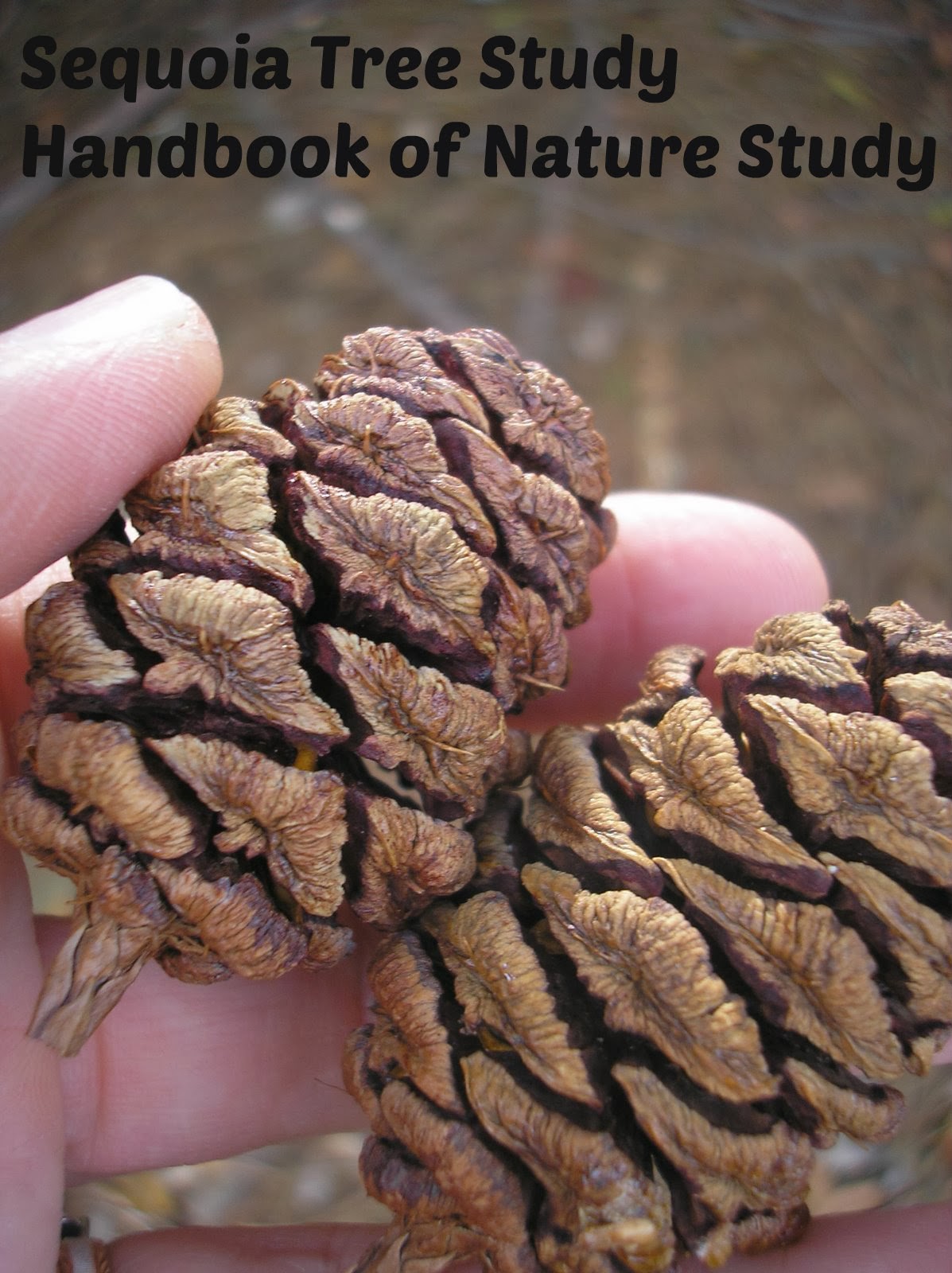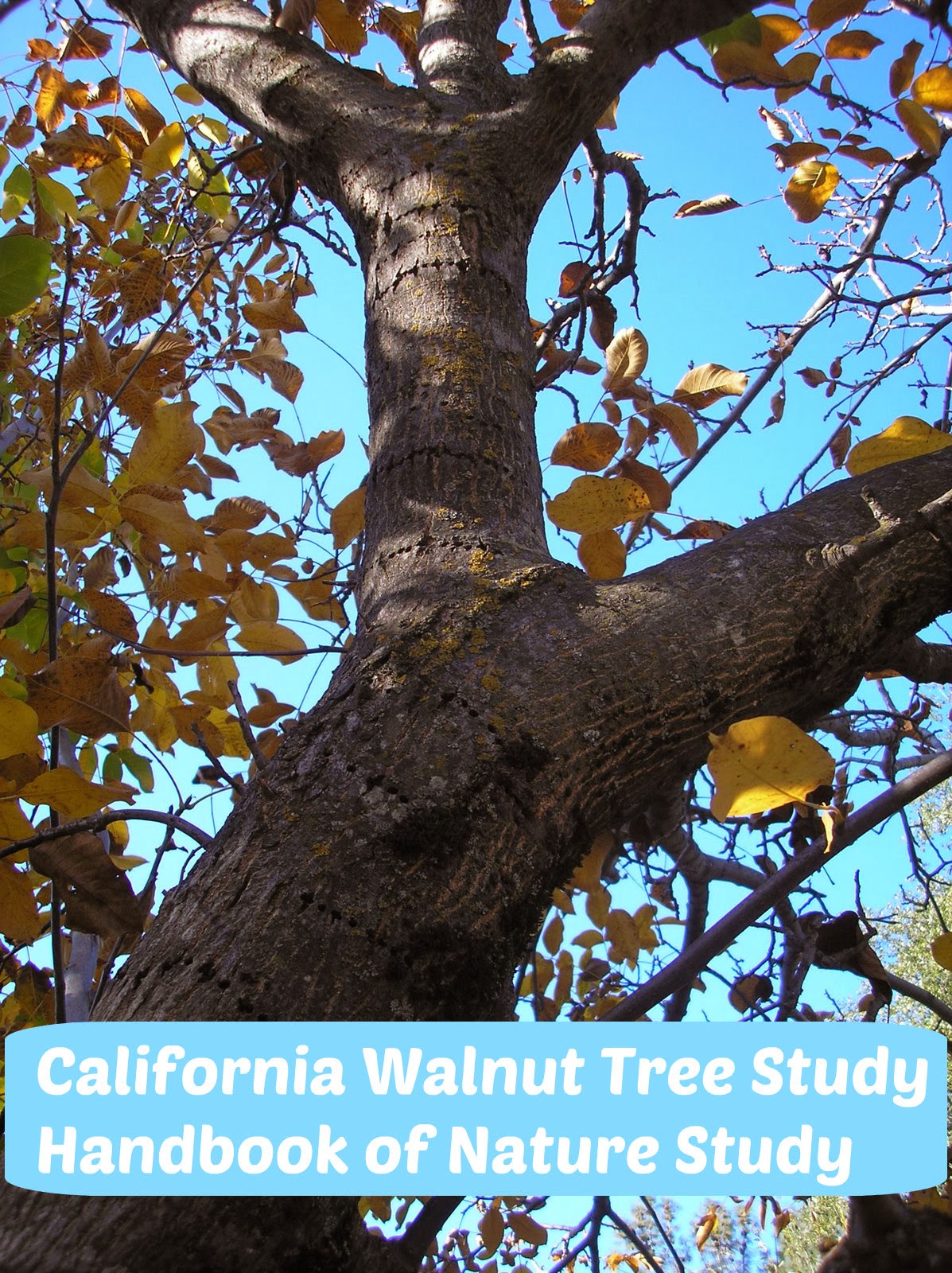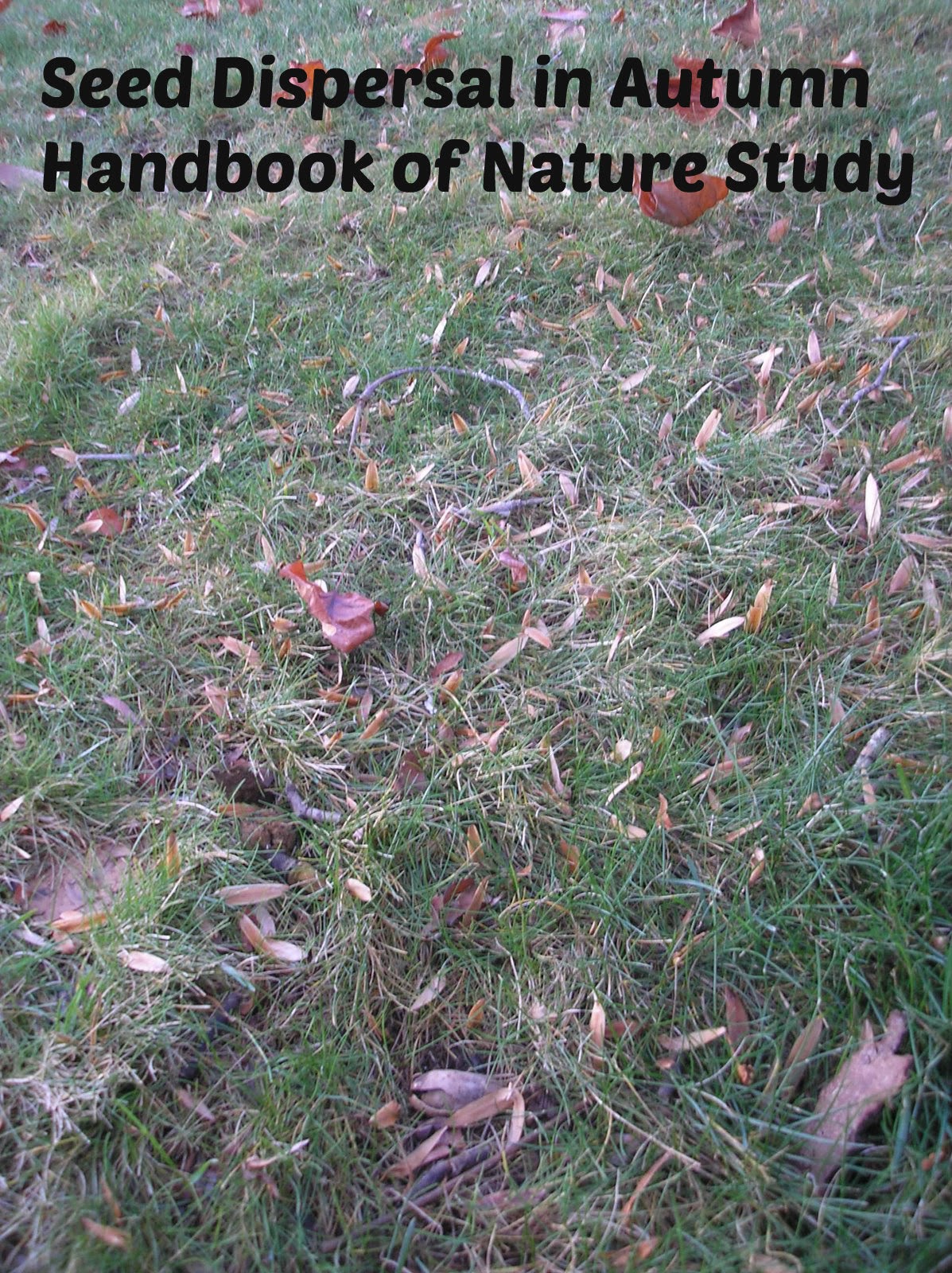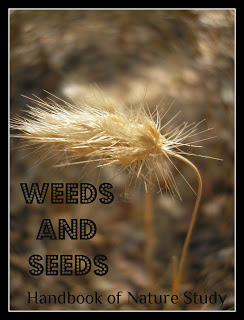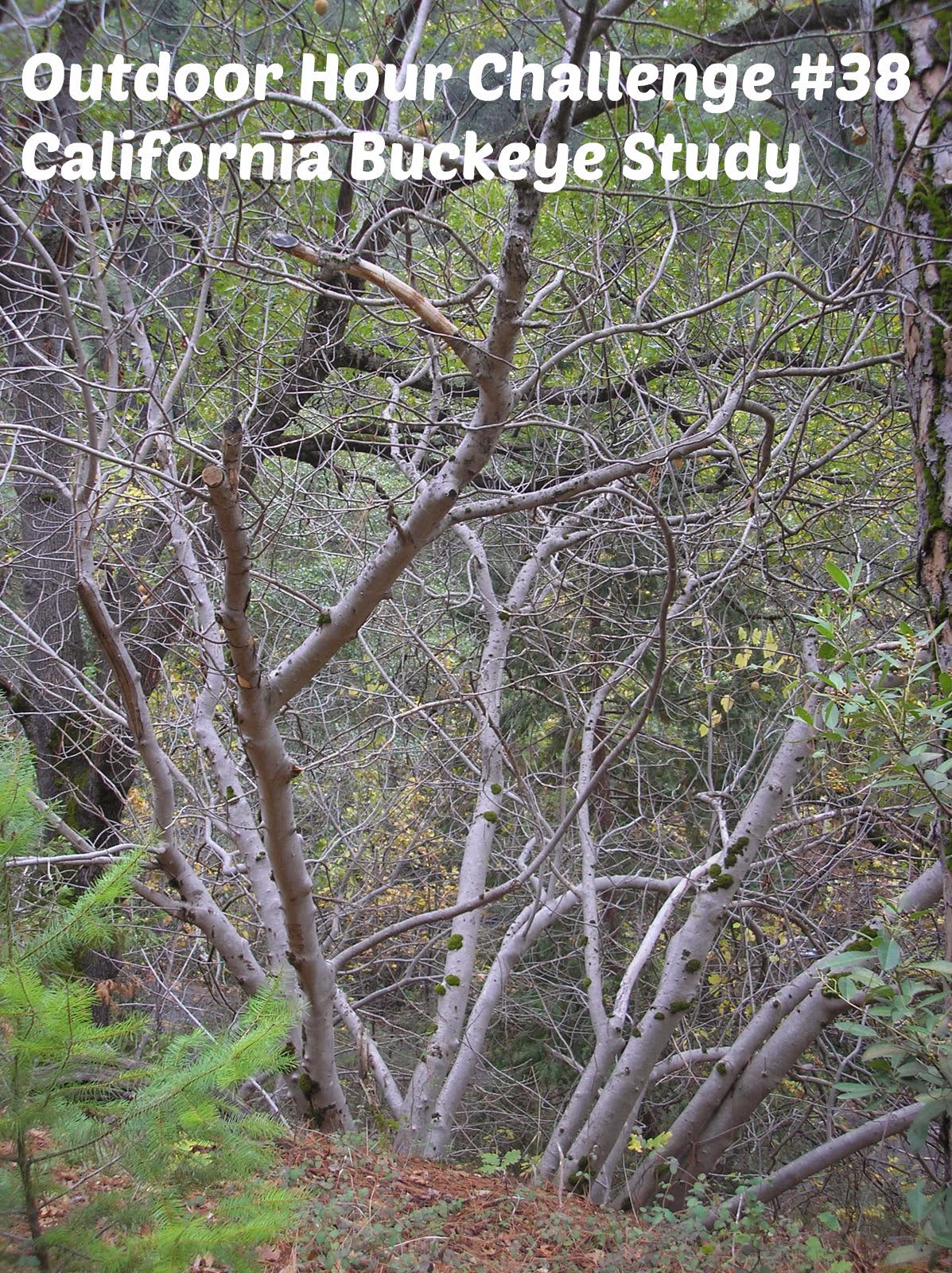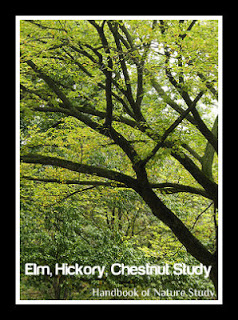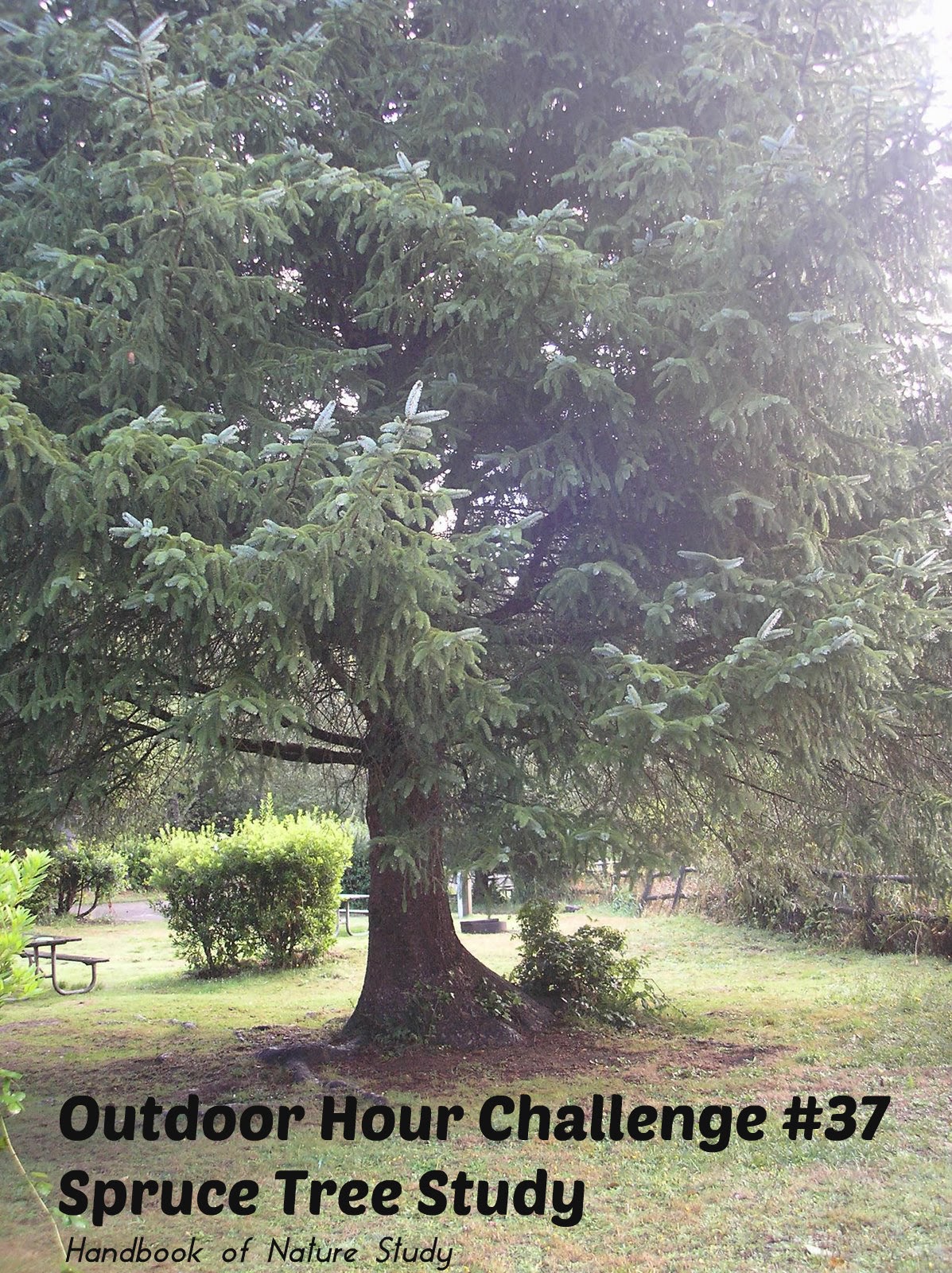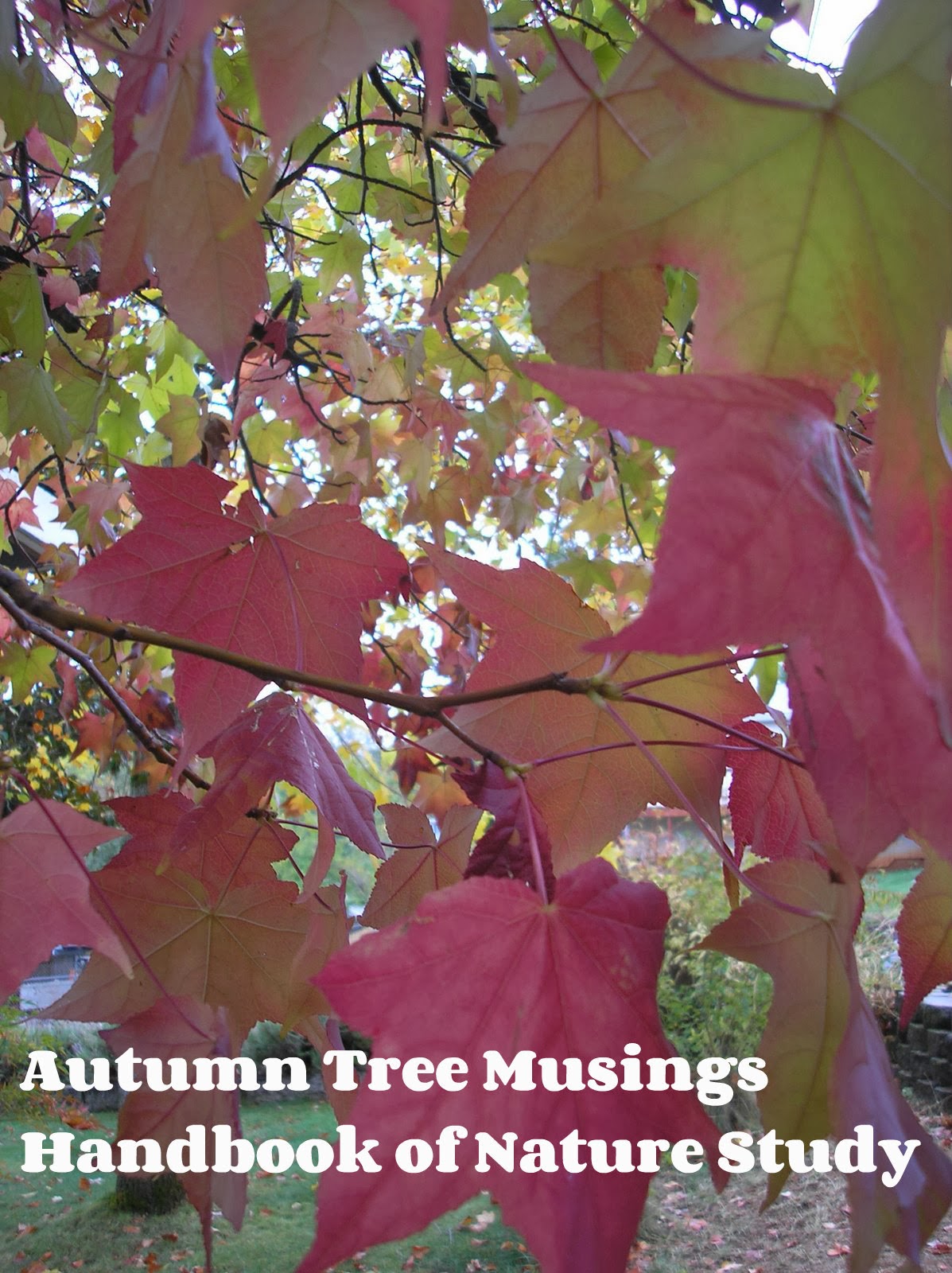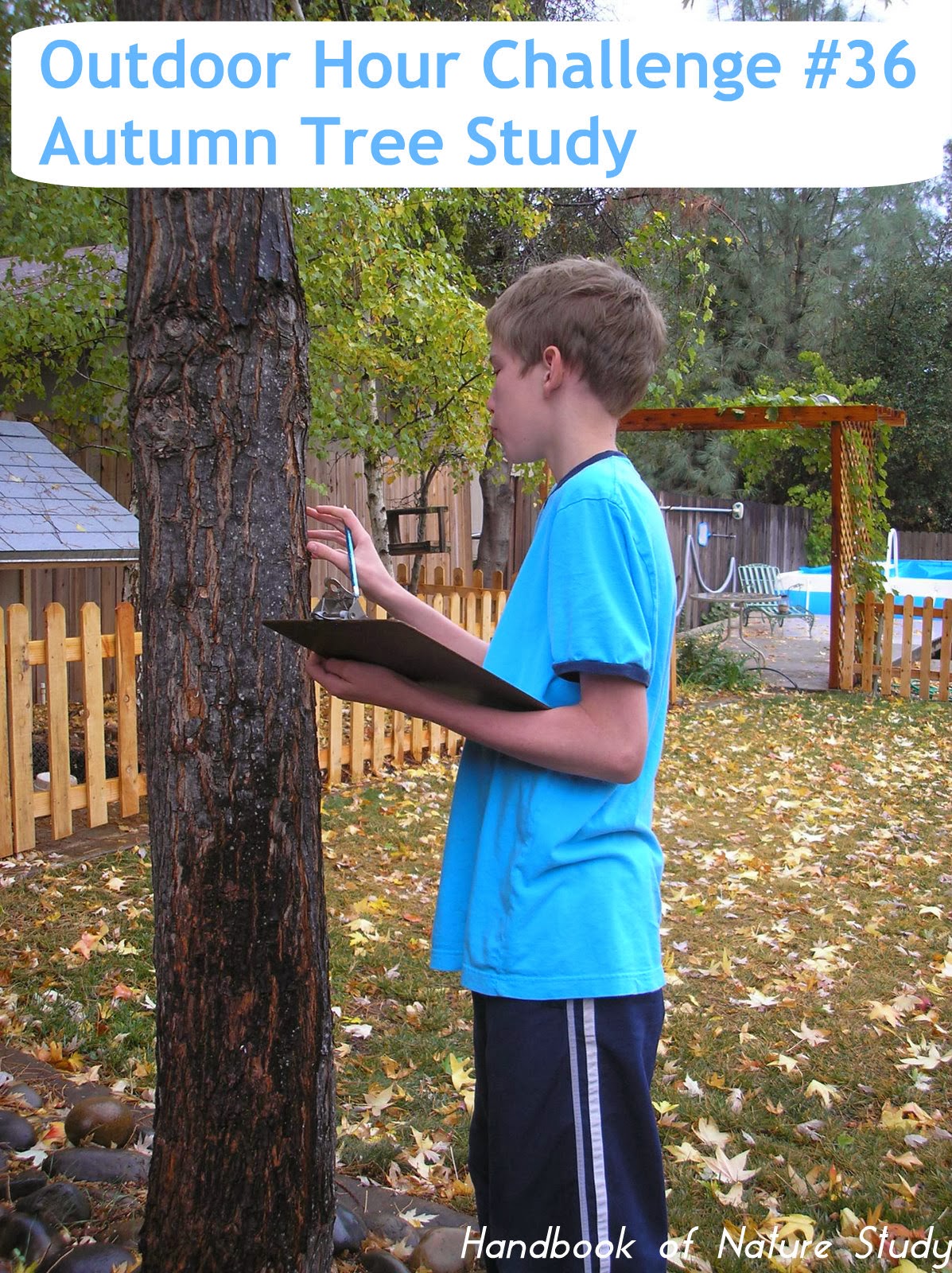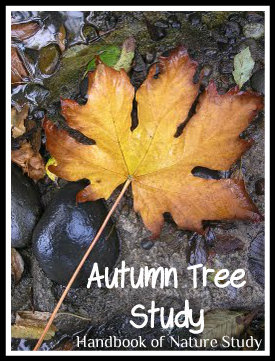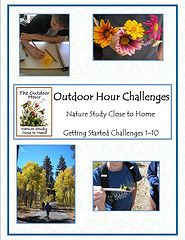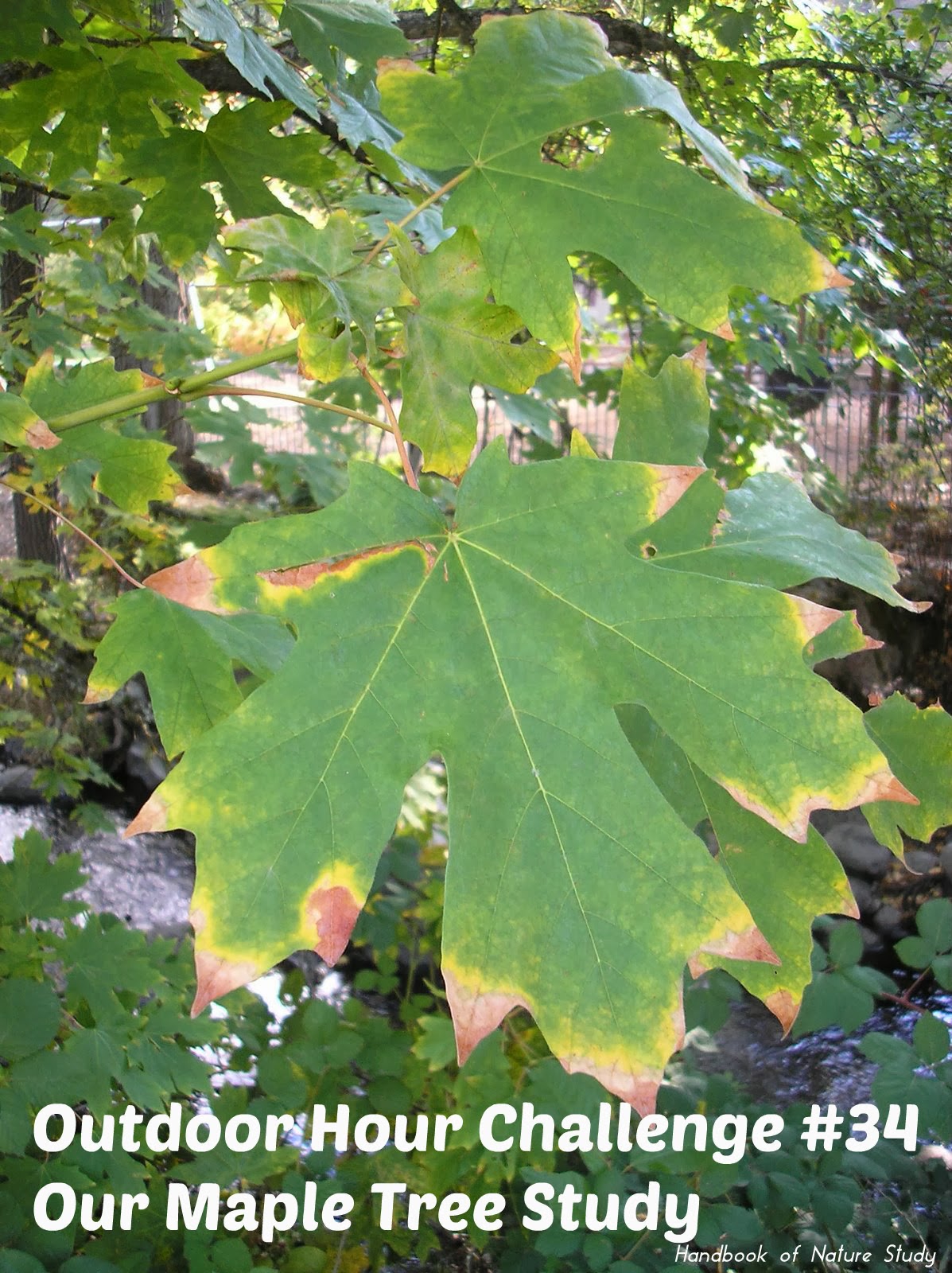Still no “weather” to report from our house. The windows and doors are still wide open and the sky is clear. We have forecasts of some rain maybe this week so we are going to wait until then to take a weather study.
In the meantime, the boys and their father decided today was the day to climb a tree. We have one really big tree in our yard that is fairly easy to climb because the limbs are close together and there are so many of them. They took a ladder to get started but then climbed up from there.
This was the first time that I have noticed cones on the ground under this tree.
I grabbed the tree identification book and here is what we came up with.
Here is what we used to identify the tree….leaflet and cone.
It looks as if we have a Giant Sequoia in our backyard, right next to our deck.
This is my best attempt to take a complete photo of the tree showing our deck at the bottom. It is a really tall tree.
“The seed cones are 4-7 cm long and mature in 18-20 months, though they typically remain green and closed for up to 20 years; each cone has 30-50 spirally arranged scales, with several seeds on each scale giving an average of 230 seeds per cone.” and “Young trees start to bear cones at the age of 12 years.”
Wikipedia on the Sequoia
So what started out as tree climbing ended up with identifying our very own Giant Sequoia in our backyard. It was growing here when we moved in 21 years ago and I assume it was planted by the previous owner. It does provide great shade on our deck during the hot summer afternoons and the birds and our backyard squirrel like to use it for protection.
This tree has been hit by lightning once a long time ago in a really big storm. It sounded like something exploded in our backyard during the thunder storm and we went outside to see what it was and we saw a long black line on the trunk of the tree and it was smoking at the base. It was very memorable.
What an afternoon.

